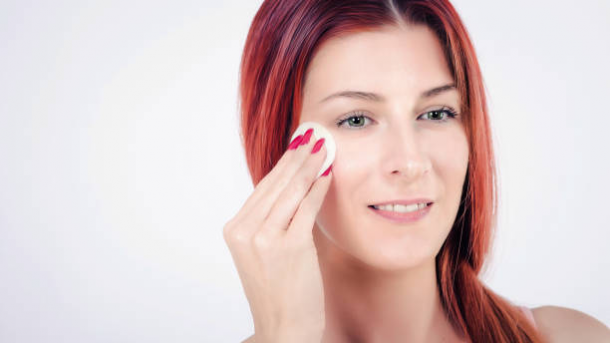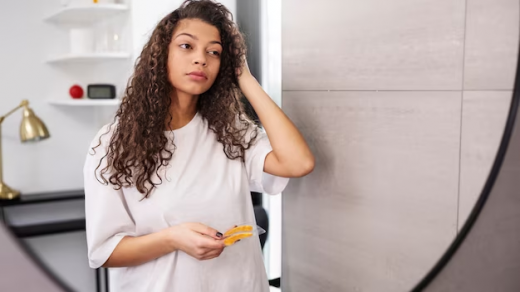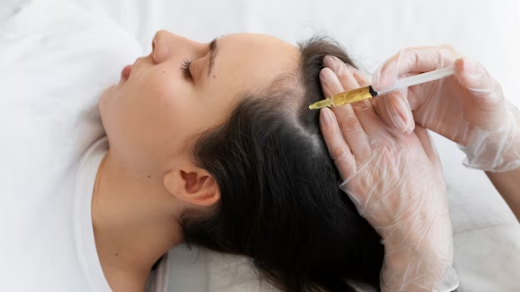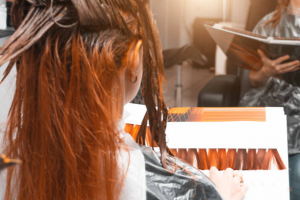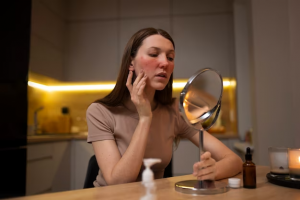Understanding the Color Wheel and Redness Neutralization
The Basics of Color Theory in Makeup
The concept of color correction in makeup is deeply rooted in color theory. Green concealers and primers are traditionally recommended to neutralize redness because green sits directly opposite red on the color wheel, effectively canceling it out. However, when green concealers aren’t an option, understanding the theory can guide us to alternative solutions. These alternatives focus not just on concealing but also on preparing the skin and applying techniques that could also reduce redness.
Alternatives to Green Concealer
Several alternatives can provide similar benefits to green concealers. These include:
- Yellow-toned color correctors: Yellow helps in toning down mild redness and can be especially effective for lighter skin tones.
- Natural-hued concealers: A concealer that matches your skin can conceal minor redness, particularly with the appropriate application techniques.
Using these color correctors wisely can assist in camouflaging red spots and blemishes effectively. Furthermore, certain green primers will offer a subtle color correction, which, when overlaid with your regular makeup, can give a natural finish that helps neutralize the redness without the intense tint of a standard green concealer.

Preparing Your Skin for Flawless Coverage
Importance of Skincare Before Makeup
Prepping your skin properly can significantly enhance the effectiveness of your makeup in reducing redness. This involves a gentle cleansing routine followed by the application of products aimed at soothing the skin and minimizing redness before make-up ever comes into play. Look for skincare products with ingredients like niacinamide and aloe vera, as they are known for their redness-reducing properties. Moisturizing well-prepares the skin for smoother concealer and foundation application.
| Benefit | Description | |
|---|---|---|
| 1 | Hydrated Skin | Moisturized skin provides a smooth base for makeup, preventing it from clinging to dry patches. |
| 2 | Improved Texture | Regular exfoliation and skincare treatments can help improve skin texture, leading to smoother makeup application. |
| 3 | Enhanced Makeup Adherence | Skincare products like primers and serums can help makeup adhere better to the skin, prolonging its wear time. |
| 4 | Healthy Glow | A well-maintained skincare routine can impart a natural radiance to the skin, reducing the need for heavy makeup. |
Choosing the Right Primer
Primers will not only help in creating a perfect canvas for applying foundation but can also contribute to color correcting. Apart from green primers, you’ll find colorless options that focus on smoothing the skin and reducing the appearance of redness through light diffusion. Additionally, some primers contain green tea extract or licorice root, which are known for their calming effects and may further aid in reducing redness. Consider the following when selecting a primer:
- Primer Texture: Should be compatible with your skin type (e.g., hydrating for dry skin or mattifying for oily skin).
- Redness Reducing Ingredients: Look for calming ingredients in the formula.
Foundation and Concealer: The Dynamic Duo
Selecting the Best Foundation to Camouflage Redness
When green concealers are out of reach, the choice of foundation becomes even more crucial. A high-coverage, long-wear foundation could help conceal redness throughout the day effectively. It’s important to select a shade that matches your skin tone perfectly, as a mismatch could actually draw attention to the areas of redness rather than concealing them.
Techniques for Applying Foundation
Here are key techniques that will help ensure a redness-free complexion:
- Always start with a small amount of product; you can build coverage as needed.
- Use a beauty blender or a foundation brush for an even and smooth finish.
- Apply foundation in thin layers and increase coverage only on areas that require it, ensuring you avoid a caked-on effect.
Layering Products for Maximum Coverage
To achieve full coverage, you can layer your foundation with a concealer that matches your skin tone. This technique allows targeted application and can be particularly effective for areas with concentrated redness.
The Role of Setting Powder
Finally, setting your foundation and concealer with a lightweight, translucent setting powder will not only make your makeup last longer but will also reduce the likelihood of smudging or shifting, which might expose the redness.

Full Coverage Solutions: Tips and Tricks
Color-Correcting With Existing Makeup
If you find yourself without green concealers, you can use the makeup already in your arsenal to achieve a similar effect. Neutral makeup shades can be layered to help disguise red areas. Here’s how you can adapt:
- Layering Technique: Start by applying your regular concealer, then layer with a foundation that has a neutral undertone.
- Mixing Products: You can mix your concealer with a tiny amount of a color opposite to red, like a muted mauve or a complementary shade on the color wheel, to counteract redness.
Both techniques require a deft hand and blending to prevent any harsh lines or colors from standing out. It’s crucial to blend the edges to create a seamless transition between corrected areas and your natural skin.
The Use of Corrective Techniques
Beyond products, certain application techniques can also contribute to reducing the visibility of redness. For example, a stippling motion when applying foundation will help even out the product without irritating the skin. Additionally, avoiding touching or rubbing your face during the day prevents makeup from wearing off and redness from being exacerbated due to skin irritation.
Dab, Don’t Drag: Blending Without Irritating Skin
The method of application plays a critical role here. Stippling or dabbing with sponges and brushes minimizes friction which can further aggravate red or sensitive skin. Gentle patting motions are adequate to blend out products while keeping the layers intact.
Maintaining Your Look Throughout the Day
Products for Longevity
To keep your makeup look in place and prevent redness from peeking through, you’d want to invest in long-wearing products with a non-comedogenic formula that won’t clog pores or highlight the redness. Here’s a list to help you:
- Setting Sprays: Look for sprays that promise to seal your makeup in place for several hours.
- Touch-up Solutions: For those long days, consider having mineral powder or blotting papers handy for quick touch-ups to ensure that your redness remains covered.
Managing Redness with Lifestyle and Skincare
Surprisingly, your lifestyle choices and skincare routine influence how much redness you need to cover with makeup daily. Incorporating anti-inflammatory foods in your diet, staying hydrated, and avoiding extreme temperatures can all help manage redness. Moreover, don’t overlook the power of a consistent skincare regimen where gentle, soothing ingredients are the mainstay to control redness over time.

Conclusion: Embrace Your Unique Beauty
Achieving a beautiful, even complexion doesn’t rely solely on green concealers. With the right techniques, product choices, and lifestyle habits, it’s entirely possible to cover and manage redness effectively. Remember that while makeup can serve as a tool for enhancing your features and boosting confidence, embracing your unique skin, and working with it thoughtfully, is equally essential. Explore these methods and find what works best for your skin type and concerns, and you’ll soon master the art of looking radiant with or without green color correctors.
Frequently Asked Questions
Can I cover redness with regular concealer?
Yes, you can cover redness with a concealer that matches your skin tone, especially if the redness is mild. Using the right technique and layering products properly can achieve a clean cover-up without green concealers. However, for more intense redness, a color corrector with yellow undertones for light skin or orange/peach for darker skin tones might be necessary to neutralize the redness before applying concealer.
How do I choose the right shade for my skin tone?
To choose the right shade, test the foundation along your jawline and observe it under natural light; the color that blends invisibly is your match. For concealers, aim to match your skin tone exactly or go one shade lighter for under-eye application. Always check in daylight to ensure an accurate match.
Are there specific ingredients I should look for in products for redness-prone skin?
Yes, seek out products with soothing ingredients such as niacinamide, aloe vera, allantoin, green tea extract, and licorice root, as they have anti-inflammatory properties known to reduce redness. Avoid harsh chemicals, fragrances, and alcohol in your makeup and skincare, as they can exacerbate redness.
Can dietary changes affect skin redness?
Indeed, diet plays a role in skin health. Foods that are known to cause inflammation like spicy foods, alcohol, and those high in sugar may worsen redness. Steering towards a diet rich in omega-3 fatty acids, antioxidants, and other anti-inflammatory foods can potentially reduce skin redness and boost overall skin health.
How can I prevent makeup from caking over red areas?
To prevent cakey makeup on red or irritated areas, start by moisturizing your skin well. Apply makeup with a light hand and in layers, allowing each layer to set before applying more. Use appropriate tools like a damp beauty sponge for application, and finish with a fine-mist setting spray to keep everything in place. Remember, less is often more when it comes to covering red areas effectively.
